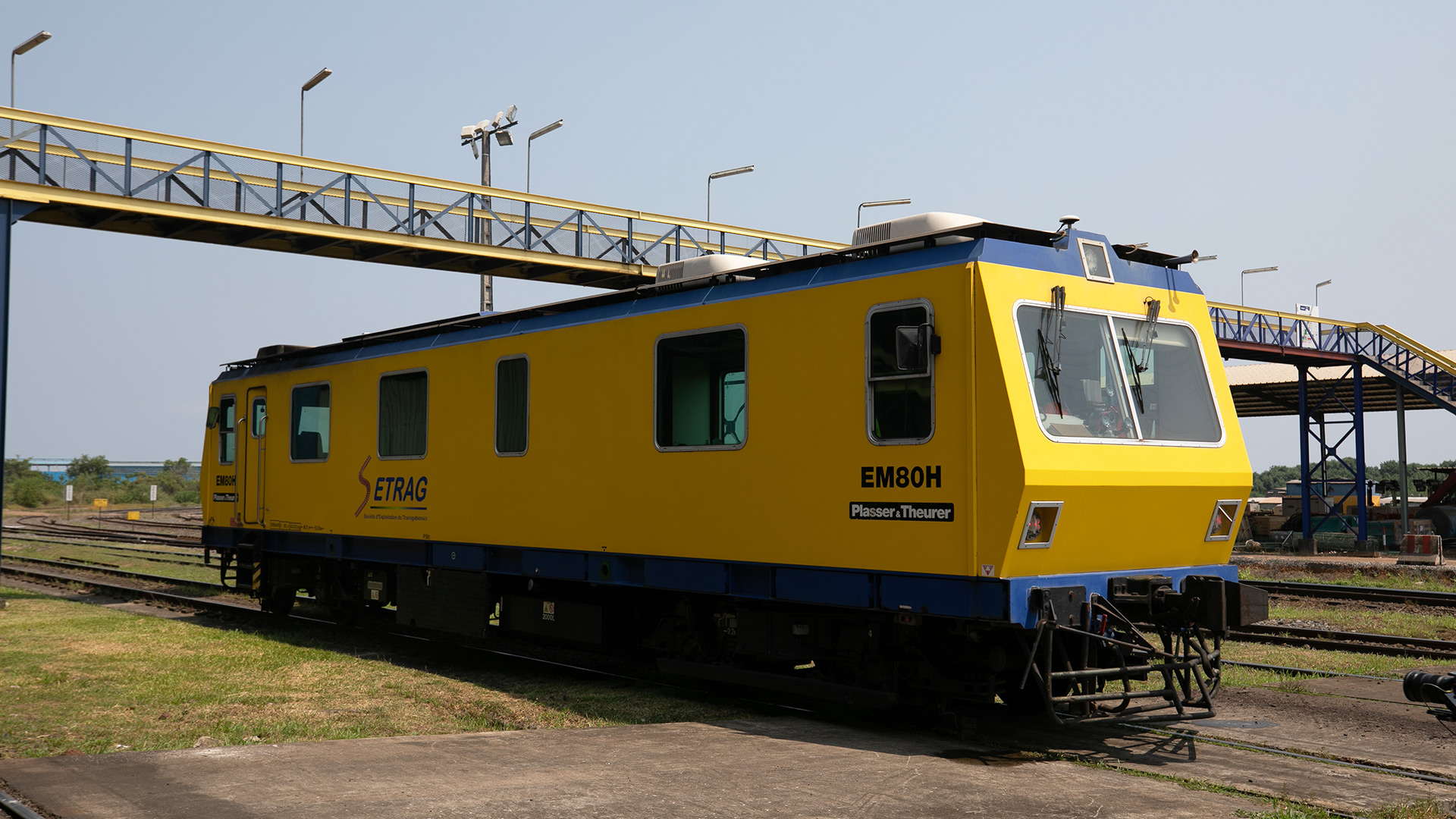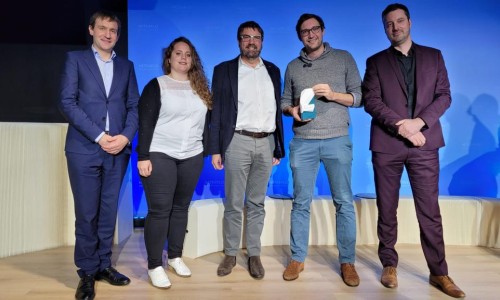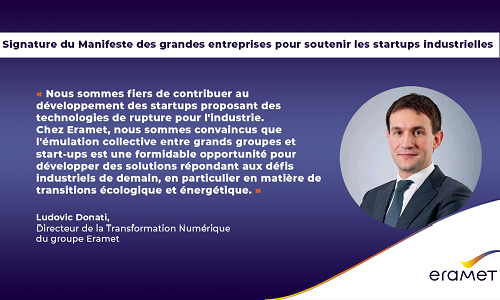Digital technologies are advancing rapidly, driving the development of CSR activities and projects.
Mining, plants and logistics 4.0 are becoming realities, thanks to connected sensors coupled with predictive or conditional maintenance algorithms, Integrated Remote Operation Centers (IROCs), drones in mining, artificial intelligence in geology or metallurgy.
Centered on three pillars – People, Process & Technology – digital transformation enables functions to be de-siloed, organizations to become more agile, and a test-and-learn culture to be fostered.
It takes the form of structuring programs around the concepts of Mine 4.0, Factory 4.0 or Logistics 4.0, and involves the acquisition of new business skills linked to the development of predictive maintenance, the management of topography by drone, or a “data factory” to accelerate the improvement of metallurgical processes.
Digital Transformation also contributes to the development of local communities through its participation in initiatives such as the Journée de la Femme Digitale in Gabon, the FabLab in Moanda and Station N in New Caledonia.

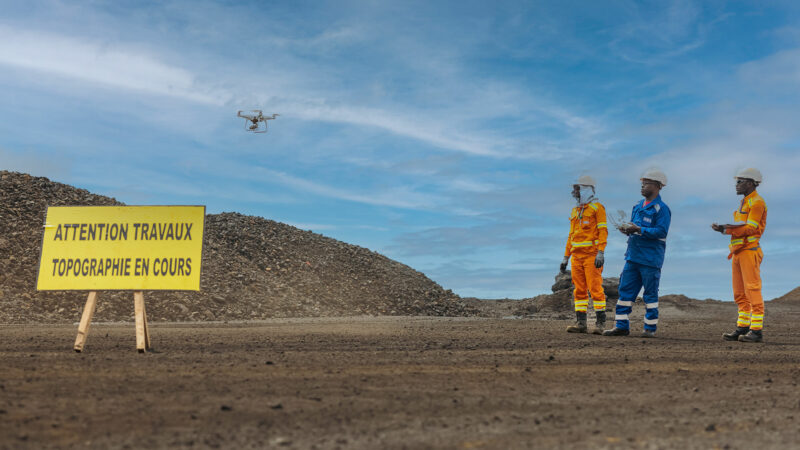
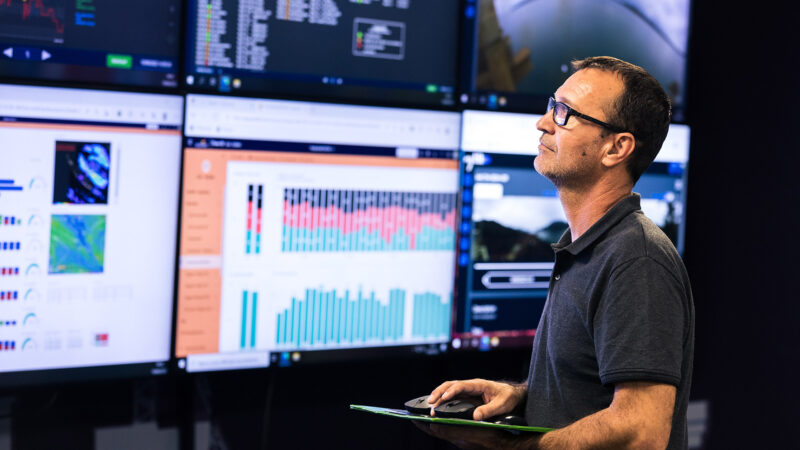 From optimizing each production process to predictive maintenance and reducing energy consumption, digital technological advances are also transforming our factories and our professions. Metallurgists, for example, are becoming data-metallurgists, trained in data science and piloting their installations using predictive tools.
From optimizing each production process to predictive maintenance and reducing energy consumption, digital technological advances are also transforming our factories and our professions. Metallurgists, for example, are becoming data-metallurgists, trained in data science and piloting their installations using predictive tools.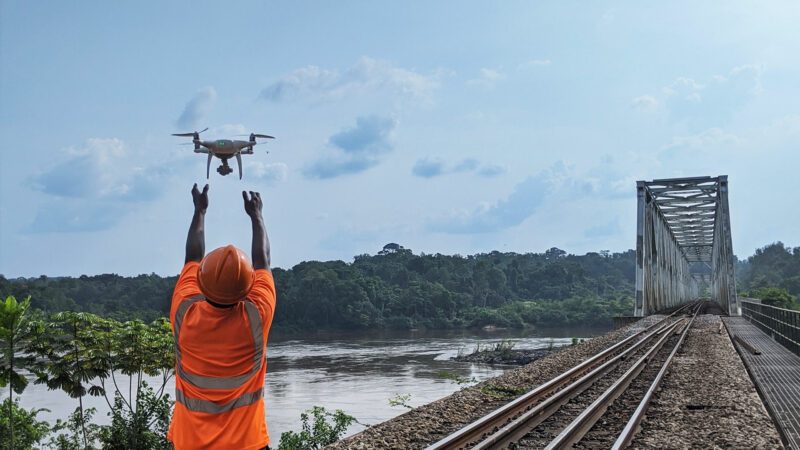 Eramet also uses digital technology to improve rail traffic management, optimize rolling stock management and monitor and maintain its infrastructure.
Eramet also uses digital technology to improve rail traffic management, optimize rolling stock management and monitor and maintain its infrastructure.